Condition | Correction |
|---|---|
The tire pressure is incorrect. | Properly inflate the tires to the recommended pressure. Refer to Tire Inflation Description in Tires and Wheels. |
The tire and wheel usage is incorrect. | Install the correct tire and wheel combination. Refer to Tire Matching in Tires and Wheels. |
The shock absorbers are defective. | Replace defective shock absorbers. Refer to Shock Absorber Replacement in Front Suspension. |
The front end is out of alignment. | Align the front end. Refer to Front Caster Adjustment or Front Camber Adjustment or Front Toe Adjustment in Wheel Alignment. |
The steering linkage, bushings, ball joints, and other suspension components are loose, worn, or damaged . | Inspect, repair, or replace suspension and steering components as needed. |
Uneven Wear
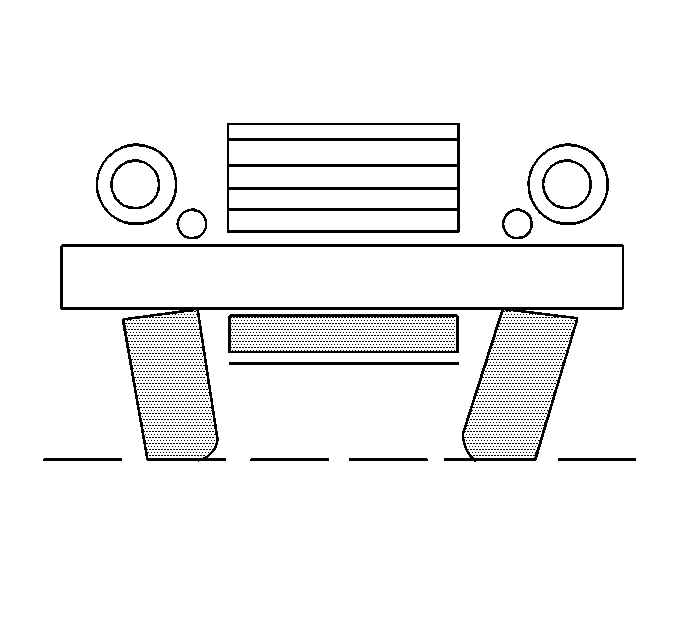
The following conditions may cause spotty or uneven wear:
| • | Unequal caster or camber |
| • | Bent suspension parts |
| • | Out-of-balance wheels |
| • | Out-of-round brake drums |
| • | Brakes out of adjustment |
| • | Other mechanical conditions |
Locate the mechanical condition that causes uneven wear. Correct the condition.
Misalignment Wear
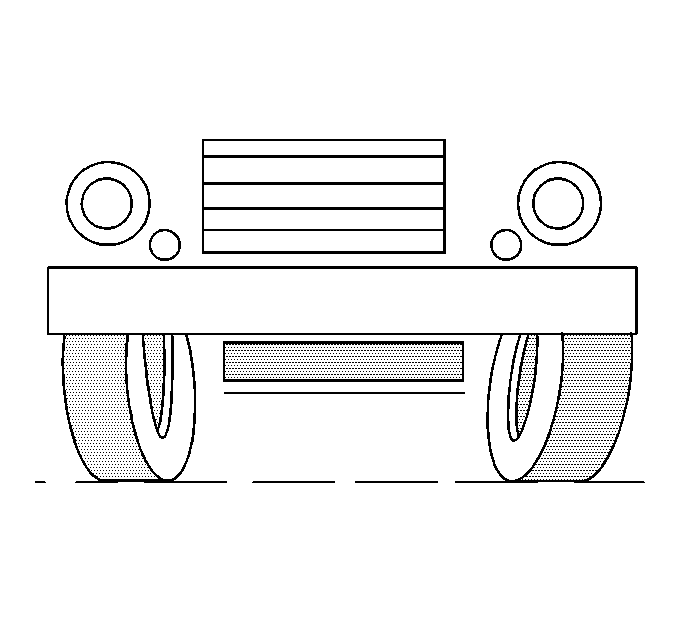
Too much toe-in or toe-out on the front axle tires causes misalignment wear. The tires revolve with a side motion which scrapes off the tread rubber. The scraping action against the face of the tire causes a small feather edge of rubber to appear on one side of the tread. This feathering is an indication of misalignment.
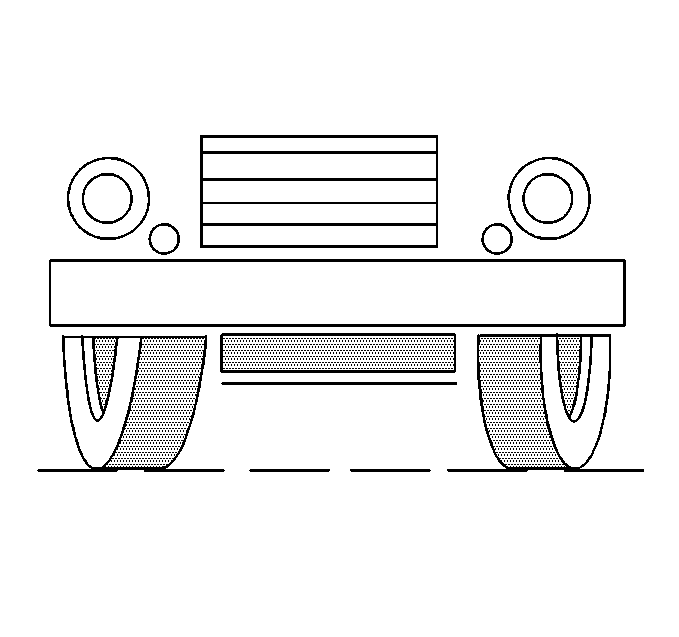
If the misalignment is severe, the rubber will be scraped off both tires. If the misalignment is slight, only one tire will be affected. In order to correct misalignment, adjust the toe-in or verify that the entire front end alignment settings are correct. Refer to Front Toe Adjustment in Front Wheel Alignment.
Side Wear
Side wear may be caused by the following conditions:
| • | Incorrect wheel camber |
| • | Underinflation |
| • | High cambered roads |
| • | Excessive cornering speed |
Incorrect wheel camber and underinflation are the most common causes of side wear.

Camber wear occurs on one side of the tread.
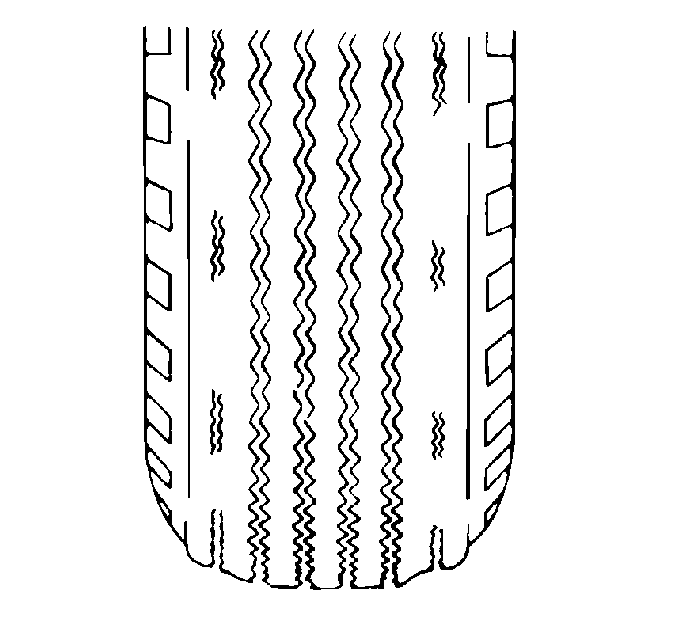
Underinflation causes wear on both sides of the tread.
Correct the camber first. Refer to Front Camber Adjustment in Front Wheel Alignment. Then rotate the tires.
Heel and Toe Wear
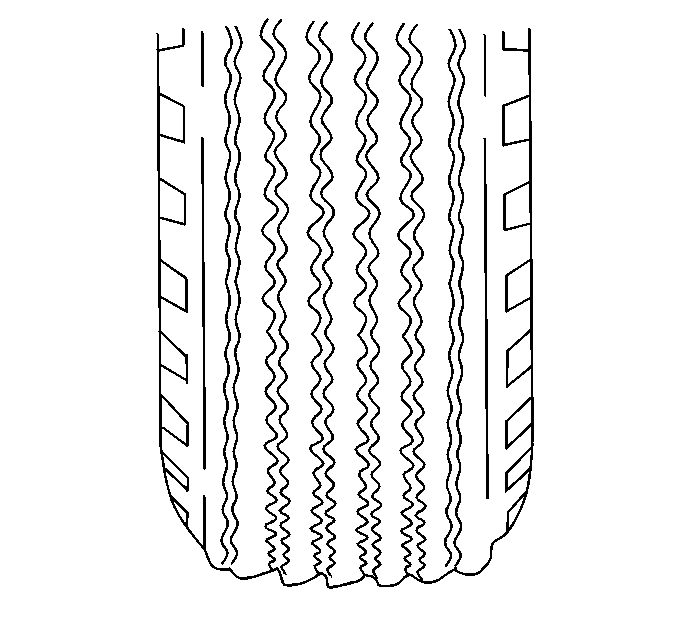
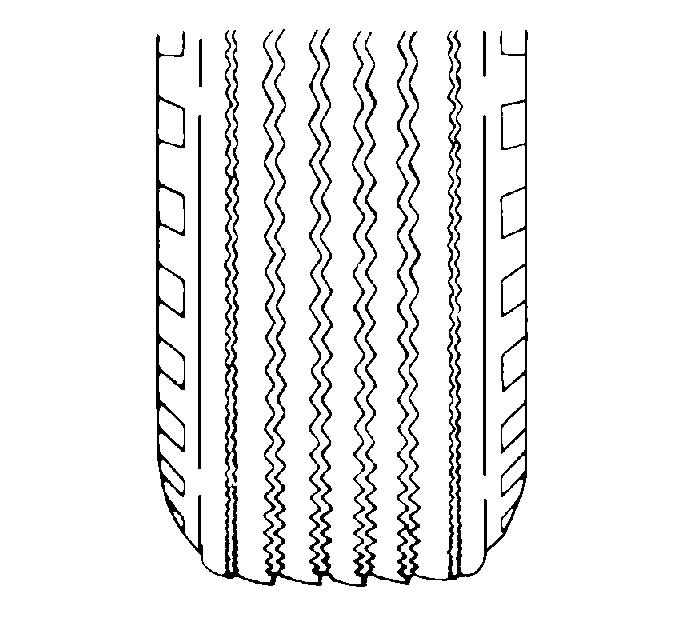
This saw toothed effect is caused by tire wear in the areas that first grip the road when the brakes are applied. In order to avoid this problem, rotate the tires regularly.
Cornering Wear
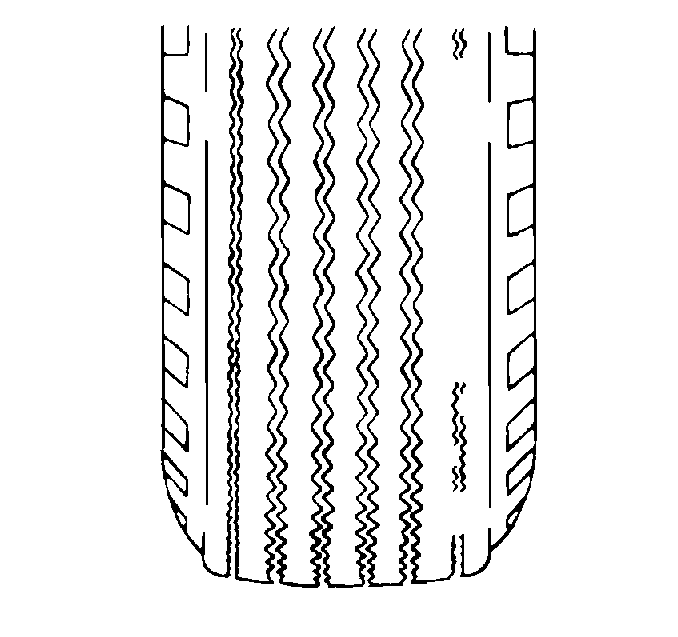
During normal driving, weight is distributed evenly on all of the wheels. When a vehicle makes a fast turn, the weight is shifted to an abnormal overload on the outside tires and a very light load on the inside tires. This unequal loading may have two harmful results:
| • | The rear tire on the inside of the curve may be relieved of so much load that the tire is no longer geared to the road and slips. This grinds off the tread on the inside half of the tire. This type of tire wear resembles tire wear caused by negative camber. |
| • | Weight transfer may overload the outside tires so much that these tires become laterally distorted. This excessive wear on the outside half of the tire resembles positive camber. |

Cornering wear differs from abnormal camber wear by the rounding off of the outside shoulder or edge of the tire, and by the roughening of the tread surface which shows abrasion. Cornering wear often produces a fin, or raised portion, along the inside edge of each row in the tread pattern.
In some cases this fin resembles a toe-in fin and in other cases the fin tapers into a row of tread blocks, giving the tire a step wear pattern. In order to offset normal cornering wear, rotate the tires on a regular basis.
